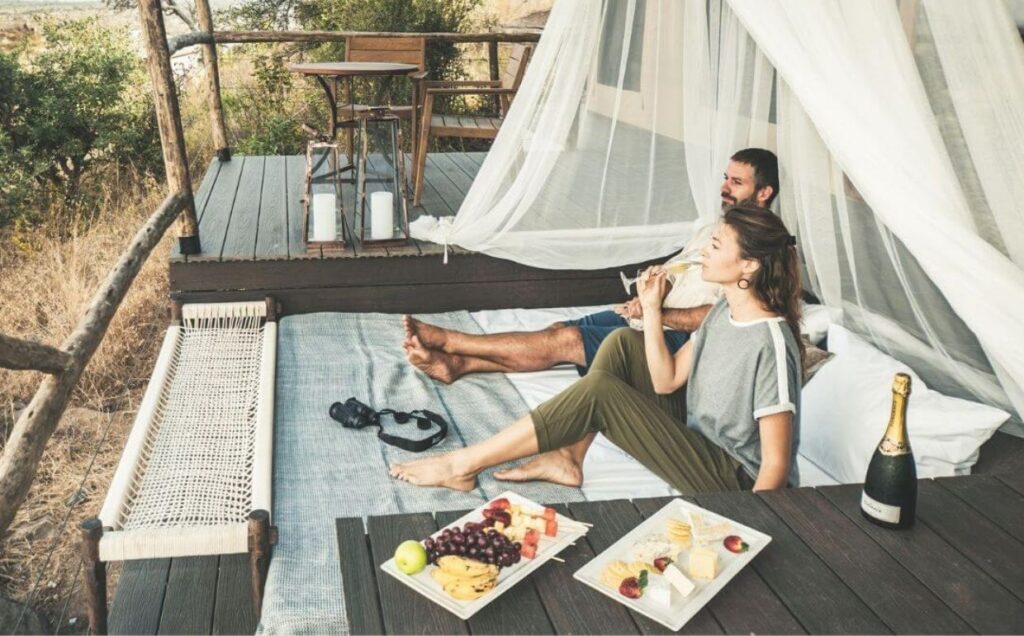Planning a Tanzania Safari? Know the Ideal Length for a Perfect Trip!
Planning a Tanzania Safari can be tough, especially figuring out how long to stay. With
Home > Blog final > What to Wear (and What Not to Wear) on Safari in Tanzania: A Guide for Men and Women

Clothes to wear on safari
Planning a Tanzania Safari can be tough, especially figuring out how long to stay. With
Are you in Zanzibar enjoying the turquoise waters and white sandy beaches? Suddenly, you crave
Experience the thrill of a Serengeti safari like never before with a hot air balloon